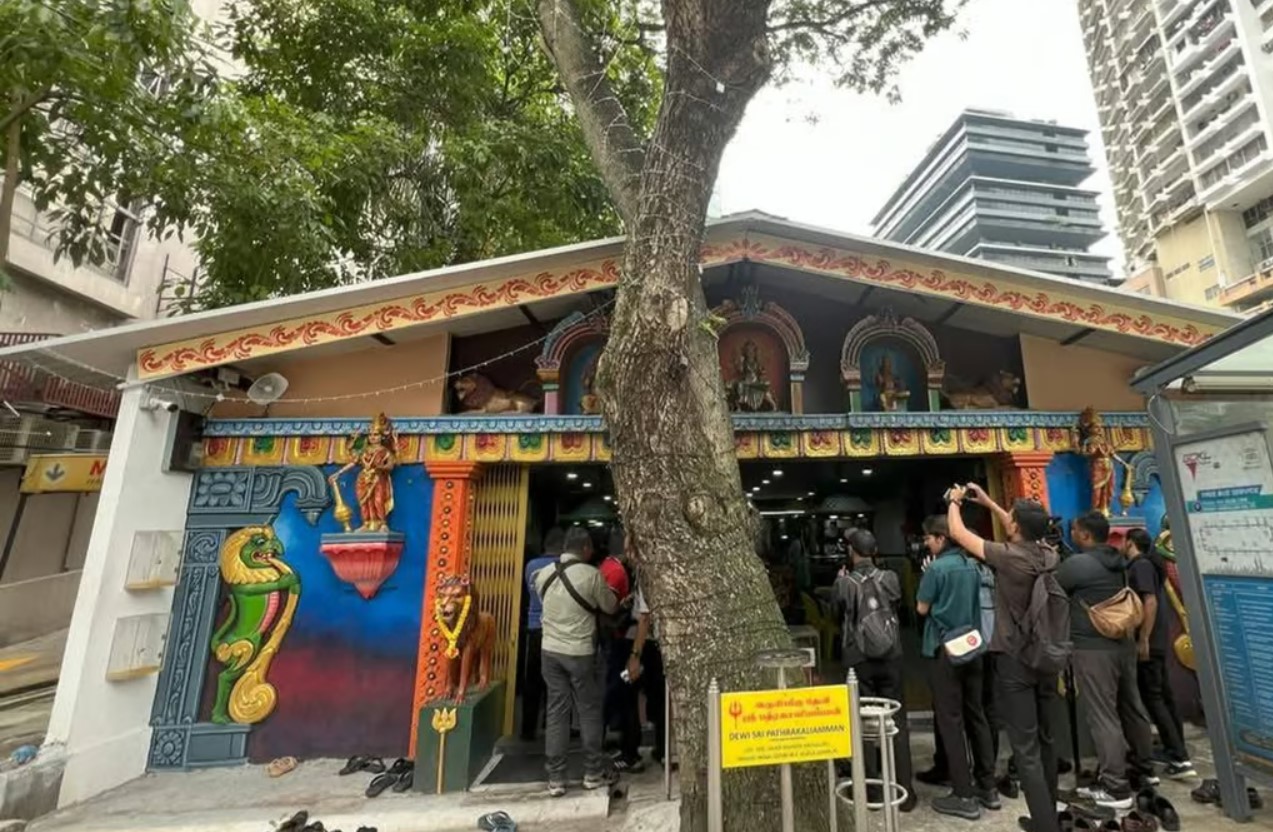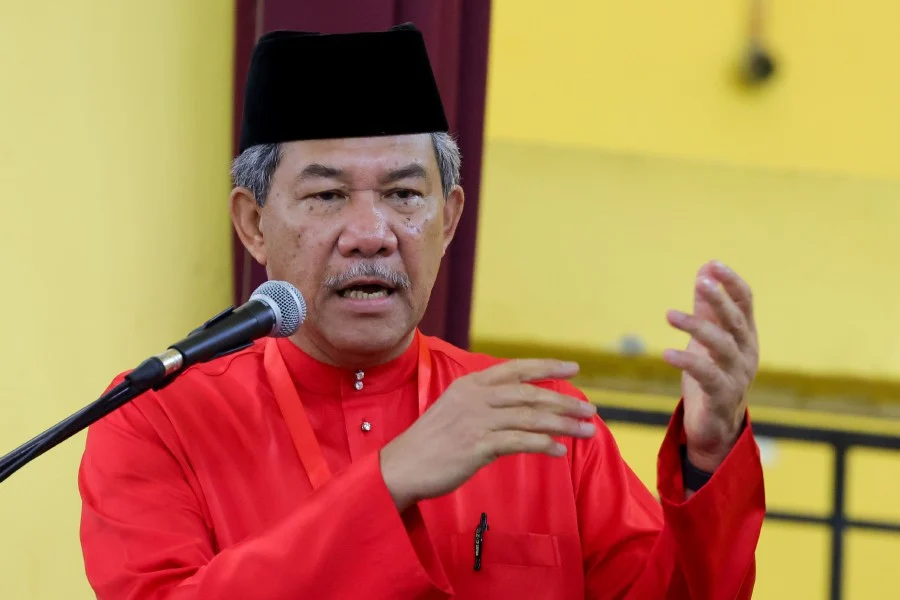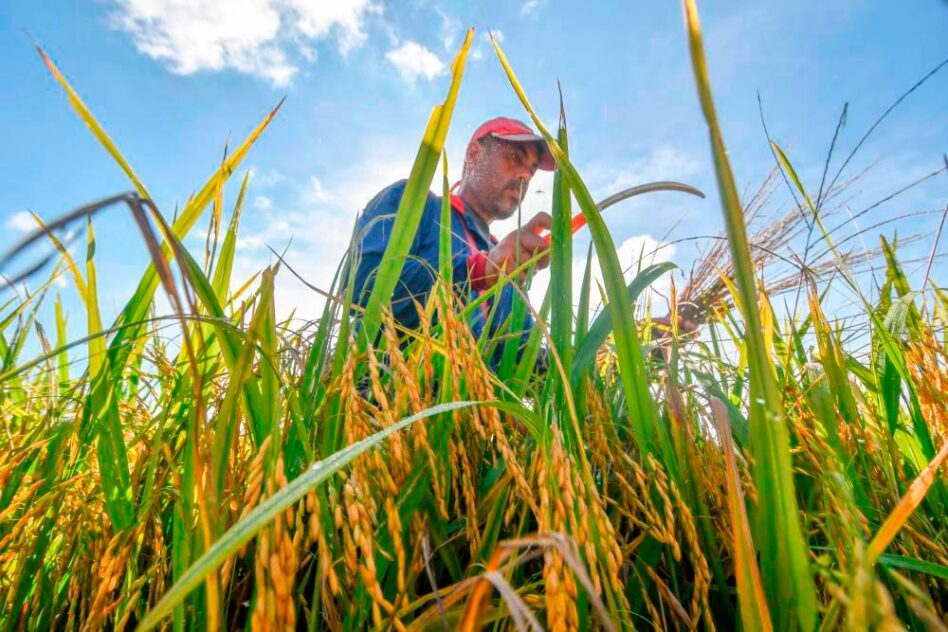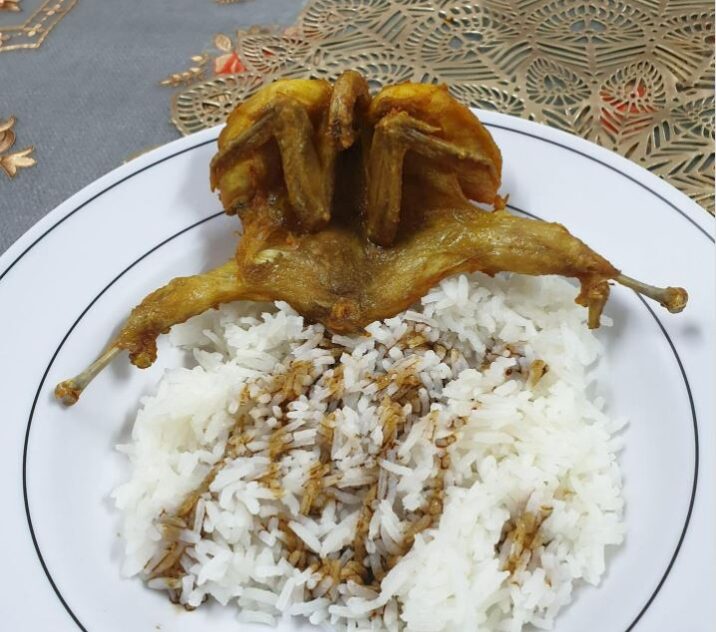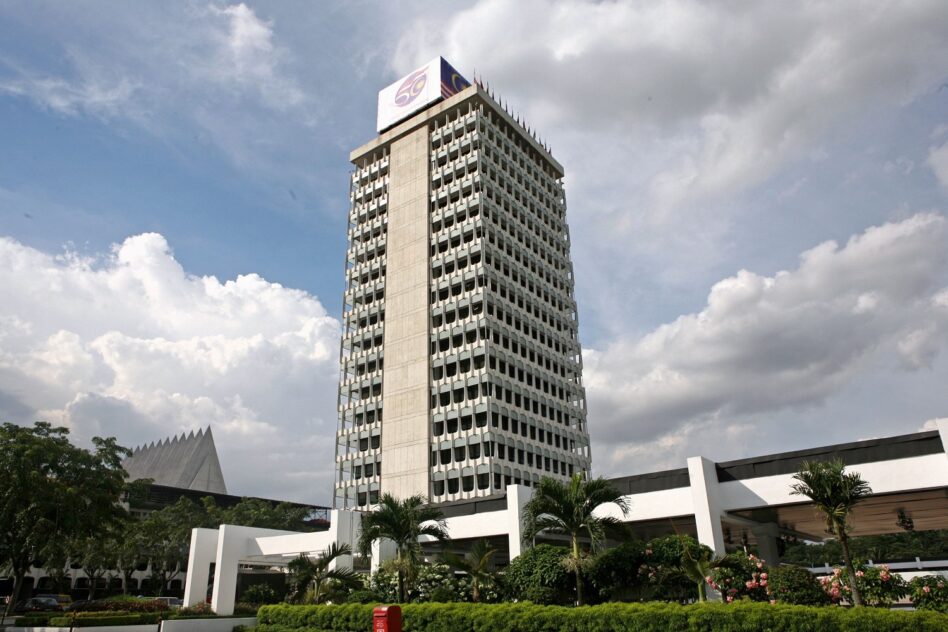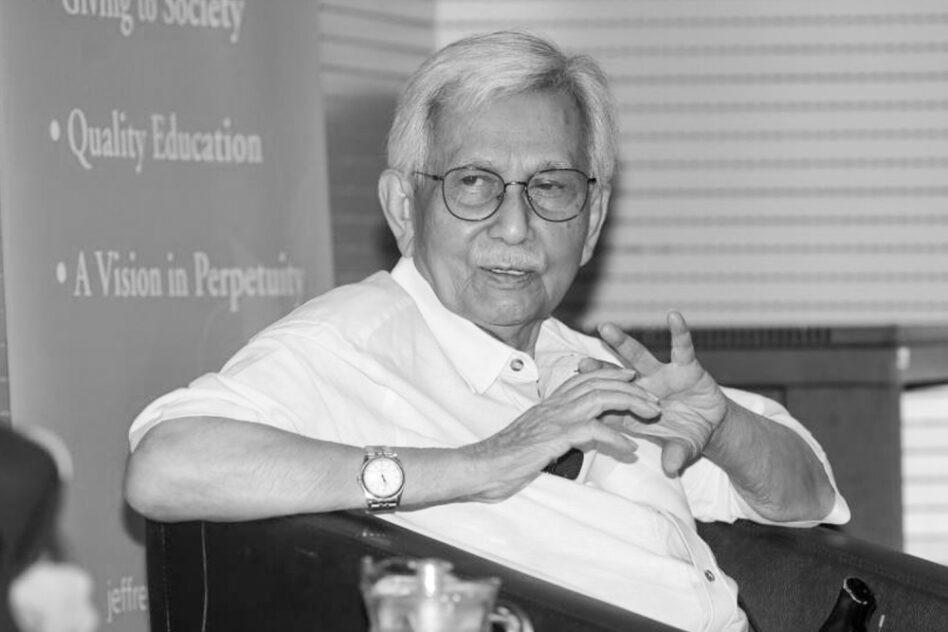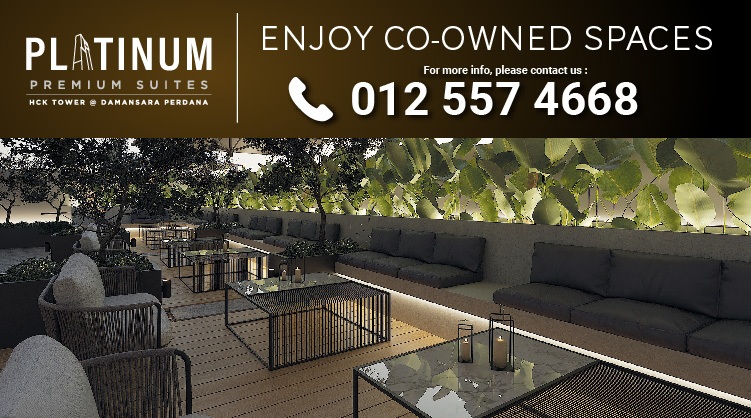THE proposed construction of the Madani Mosque and the relocation of the Dewi Sri Pathrakaliamman Temple has sparked significant debate in Malaysia.
At its core, this issue addresses a critical aspect of the nation’s socio-political landscape: how to manage the coexistence of different religious communities in shared spaces.
In a country as diverse as Malaysia, where multiple faiths and cultures intertwine, managing such tensions is essential.
Prime Minister Datuk Seri Anwar Ibrahim’s “Malaysia MADANI” framework, which promotes a civilised, inclusive society, presents an opportunity to explore how religious communities can coexist peacefully and harmoniously.
The MADANI framework and the importance of coexistence
Anwar’s “Malaysia MADANI” framework envisions a future where all Malaysians, irrespective of their religious affiliations or backgrounds, can coexist peacefully.
The fundamental values articulated in the MADANI framework i.e. Sustainability, Prosperity, Innovation, Respect, Trust, and Compassion are essential for promoting inclusivity and alleviating the social and religious tensions that can arise when diverse faiths are in close proximity.
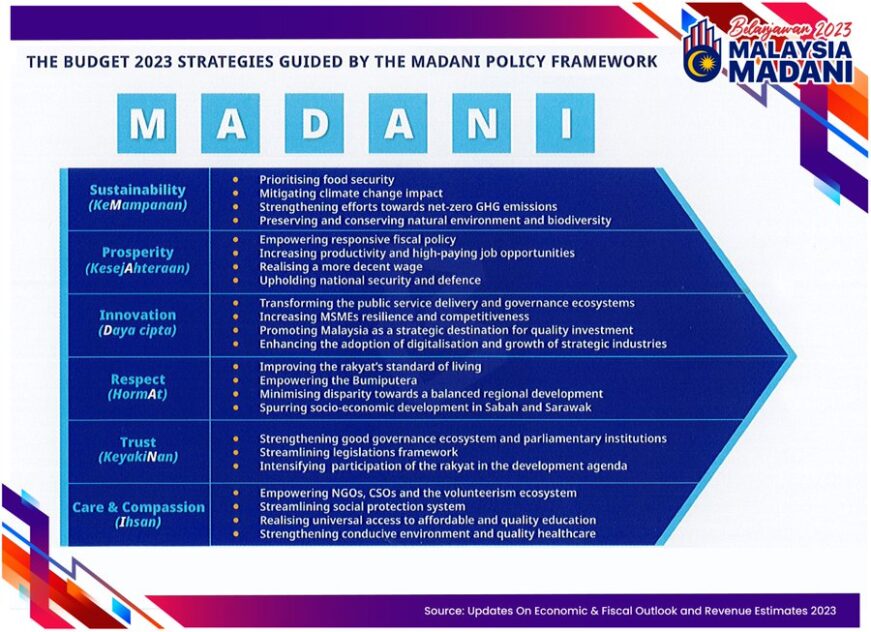
In this light, the proposed establishment of the Madani Mosque adjacent to the Dewi Sri Pathrakaliamman Temple prompts a discussion on how to effectively balance the needs of different religious communities within a shared environment.
This matter transcends mere land allocation; it concerns the equitable treatment of all religious groups and the safeguarding of their rights.
Activists such as Zaid Malek have suggested that the mosque and the temple can coexist harmoniously, with the mosque constructed alongside the temple.
This approach resonates with the core values of MADANI, particularly Respect and Compassion, and underscores the importance of peaceful coexistence among various faiths.
By adopting such a solution, Malaysia can convey a powerful message of unity and harmony within its diverse society.
Learning from Singapore: A model of religious coexistence
A notable instance of successful religious coexistence is evident in Singapore, particularly on Telok Ayer Street.
For more than a century, this brief stretch of road has hosted four prominent places of worship: Al-Abrar Mosque, the Nagore Dargah Indian Muslim Heritage Centre, Thian Hock Keng Temple, and the Telok Ayer Chinese Methodist Church.
These religious institutions have lived harmoniously side by side for generations, symbolising Singapore’s dedication to religious harmony.
The foundation of this success is rooted in a shared space approach, which encompasses not only physical closeness but also the cultivation of respect and understanding among various religious communities. This model serves as an exemplary reference for Malaysia.
By embracing similar principles of collaboration and respect for religious diversity, Malaysia can effectively navigate the integration of its varied faiths, fostering an environment of peace and unity.
Moving beyond political interests
One of the primary obstacles in addressing this issue is the presence of political motivations, which may seek to leverage the situation for immediate political advantage.
The urgency to initiate the mosque’s groundbreaking ceremony prior to resolving the temple’s relocation, as highlighted by activists such as Zaid, poses a risk of heightening tensions among religious communities instead of fostering understanding.
To prevent further complications, it is essential for all stakeholders including government officials, religious leaders, the temple committee, and the landowner to participate in constructive and respectful discussions.
A cooperative strategy that aims to reconcile the interests of both the mosque and the temple, while acknowledging the historical importance of the site, would better align with the principles of mutual respect and collaboration promoted by MADANI.
Through collective efforts, Malaysia can achieve a resolution that embodies its dedication to peace, tolerance, and unity.
Coexistence as a path forward
The optimal approach to addressing this challenge is rooted in coexistence rather than division.
Rather than concentrating on discord, Malaysia could draw inspiration from examples such as Singapore’s Telok Ayer Street and consider the potential for shared religious environments.
The establishment of the Madani Mosque adjacent to the temple could serve as a powerful emblem of unity within a multicultural society.
This initiative would not only address the current issue but also establish a model for interfaith collaboration and mutual respect.
Moreover, the MADANI framework’s focus on Prosperity and Innovation indicates that Malaysia should pursue solutions that are both progressive and inclusive.

Creating a communal space for religious practices can serve as a pragmatic resolution while also showcasing Malaysia’s dedication to harmony and peace.
The idea of coexistence transcends mere physical locations; it embodies a culture of collaboration, understanding, and respect among various religious groups.
Conclusion
In summary, the debate surrounding the Madani Mosque and the Dewi Sri Pathrakaliamman Temple presents Malaysia with a chance to affirm its dedication to religious harmony and coexistence.
By looking to successful examples such as Singapore’s Telok Ayer Street and embracing the tenets of MADANI, Malaysia can facilitate a peaceful coexistence of these two places of worship.
With a focus on inclusive dialogue, the nation can address this matter in a manner that honours its diverse cultural and religious landscape, ensuring that both communities are acknowledged and their needs addressed.
Ultimately, the principle of coexistence should prevail over division, as it is through mutual respect and understanding that Malaysia can realize the unity envisioned by the MADANI framework. – March 25, 2025
R. Paneir Selvam is the principal consultant of Arunachala Research & Consultancy Sdn Bhd, a think tank specialising in strategic national and geo-political matters.
The views expressed are solely of the author and do not necessarily reflect those of Focus Malaysia.
Main image: Malay Mail


